Looking back to the early days of Las Vegas, most people visualize black & white photos of the classic Strip properties like The Dunes, Flamingo, or Sands. Images of the Rat Pack. Floating blackjack tables in the pool. Martinis and tuxedos. Or so we imagine.
It’s said that the first casino on The Strip (Highway 91 as it was known then) was the Red Rooster. It was located on the present site of The Mirage and opened for business in 1931, the year that gambling became legal again in Nevada. What wasn’t legal then was selling booze, and the Red Rooster was raided and closed only 100 days after it opened.
But if we’re talking resorts, the first proper example on The Strip was El Rancho, which featured a pool and 65 little bungalows arranged in a constellation around the casino. It was located just south of the city limits (now Sahara Ave) to avoid paying taxes. It opened in 1941 and lasted until 1970, by then rundown and obsolete, when Howard Hughes bought the property for $8.5M and demolished the buildings soon after. The site has sat vacant for decades since then, only occasionally being used for outdoor concerts. It’s one of the last undeveloped land parcels on The Strip.
The next resort was The Last Frontier, opening in 1942. And four years after that - Bugsy came from downtown to see what all the fuss was about on Highway 91. But contrary to popular legend, the Flamingo wasn’t actually developed by Bugsy Siegel at all; it was the brainchild of William Wilkerson, founder of the Hollywood Reporter. This LA big wheel was known to be a compulsive gambler, serial womanizer, problem drinker and a heavy smoker. Things didn’t end well for Mr. Wilkerson, and Meyer Lanksy’s crew took full advantage of his failure. The Flamingo still stands, but none of its original structures remain. For all of the nostalgia and hype surrounding “Classic Vegas”, the city as a whole has proven to be pretty uncaring on matters of preservation.
For nerds that care about the past: My historical fiction novel delves deep into the world of 1946 Las Vegas: fouracresbook.com
In all reality, the downtown properties were the ones that that led the way, well before there were any signs of life on Highway 91. Downtown’s Fremont Street was the city’s first main drag and soon became lined with casinos and hotels, as it remains today. The Hotel Nevada (now The Golden Gate) was the first, in 1906. They were given the address of 1 Fremont Street, and the following year the city’s first telephone was installed there. Those that wished to call the hotel would ask the operator to dial the number 1.
But pools? No, there weren’t any pools. These sawdust joints were built for the hardcore gamblers and primarily only had table games, with a few slot machines thrown in as an afterthought for the ladies. So, if we’re going to define a Vegas resort as one with rooms and a pool, but downtown didn’t have any, what was the first? I can tell you, tell you how it got its start. It started with a creek.
The Las Vegas Creek is why this city’s Spanish name translates to “The Meadows”. The Paiute Indians settled there 900 years ago, using the abundant flow from the creek to grow their crops. In 1855 the Mormons got wind that the area could serve as an ideal way-post between Salt Lake City and Los Angeles, and proceeded to build a fort at the present location of Washington Ave and Las Vegas Blvd, about a mile north of where Fremont Street is today. The summer heat and poor harvests forced them to abandon the site only two years later. By 1865 a miner named Octavius Gass moved into the old fort complex and re-irrigated the fields to grow grapes and produce wine. For his efforts, the “Old Fort” soon became a popular stop on the Old Spanish Trail. However, by 1881 Gass was in debt and foreclosed on the property to a California businessman whom he owed $5000. This businessman, Archibald Stewart, moved his reluctant family to the isolated acreage that he now owned and tried to make a go of it himself. But there was bad blood from the beginning. Not with the Paiutes (Archibald’s wife Helen had immediately become friends with them), but with a solitary rancher to the north - Conrad Kiel, who had been friends with Gass and saw these newcomers as money-grubbing thieves.
Kiel made it his mission to torment them, surreptitiously sending anonymous workers from his ranch to the Stewart’s as provocateurs. When Archibald had finally had enough, he rode his horse the two miles northwest over to the Kiel ranch for a sit down. They were waiting for him, and Archibald got one shot off before he was killed.
They sent his body back in a wagon. Helen, with four young children (and a fifth due any day), was on her own. With no wood for a coffin, a door from their house was used for lumber. But Helen persevered. With help from the Paiutes, her ranch and her grapes eventually thrived, and she doubled up on her efforts to attract the overnight travelers on the trail that passed through The Meadows. Once again, it was the creek that made it all possible.
“My boys, they dug out a pool in the creek, their way of celebrating the centennial. They started digging in August, with shovels. New Year’s Day came, 1900, terribly cold but they had their grand opening anyway.” Helen’s voice turned softer. “There were just ten of us there, and it was a sight that surprised us all. A fifteen by fifty foot pond of clear, deep water. It wasn’t until April that they had their first customers, and by June they were turning people away. Eventually had to fence it off to keep people from dipping in at night. We had grown from a ranch to a resort. The first!”
Washington Ave and Las Vegas Blvd, at a site that the Nevada State Parks has chosen to promote as “The Old Las Vegas Mormon Fort”, contains the earliest example of a Las Vegas resort. Yes, there is mention of Helen Stewart in their exhibits, but a walk through the grounds goes heavy on wooden wagons and a recreation of the walls from a fort that only lasted two years.
At the age of 48, eighteen years after she had arrived in this lonely place, Helen Stewart masterfully negotiated a land sale to William Clark that resulted in the founding of the City of Las Vegas, and all the resorts that followed.
Part Two to come.

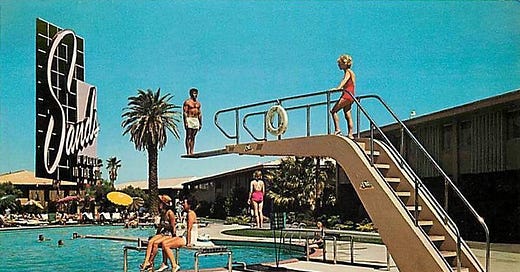



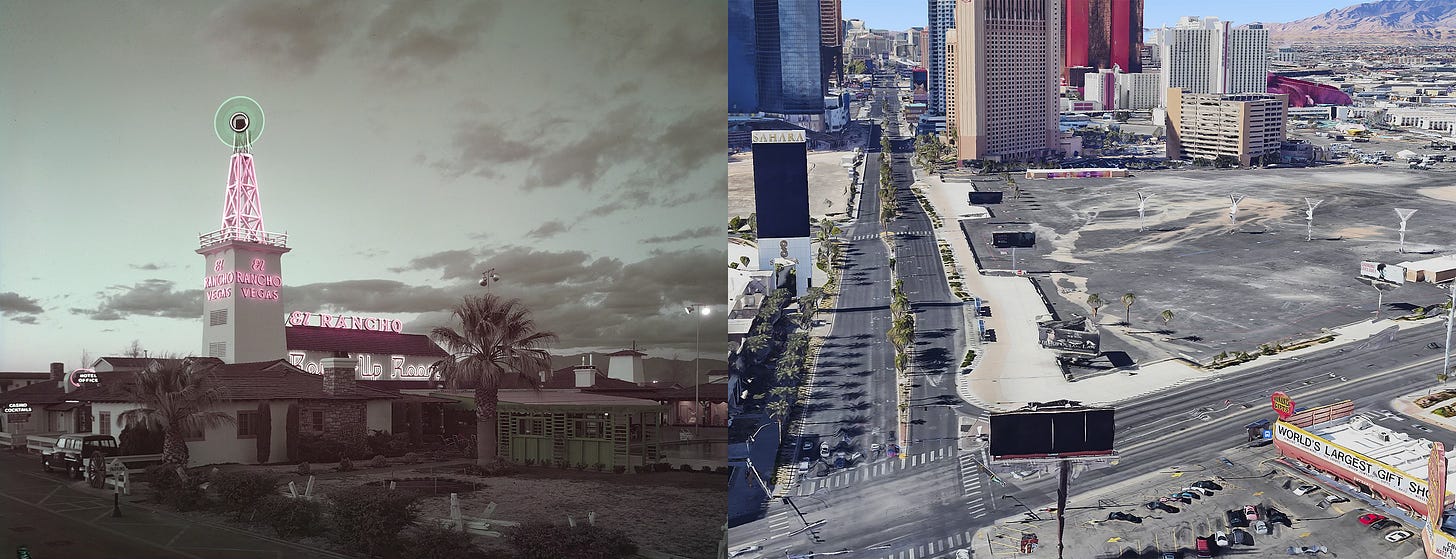
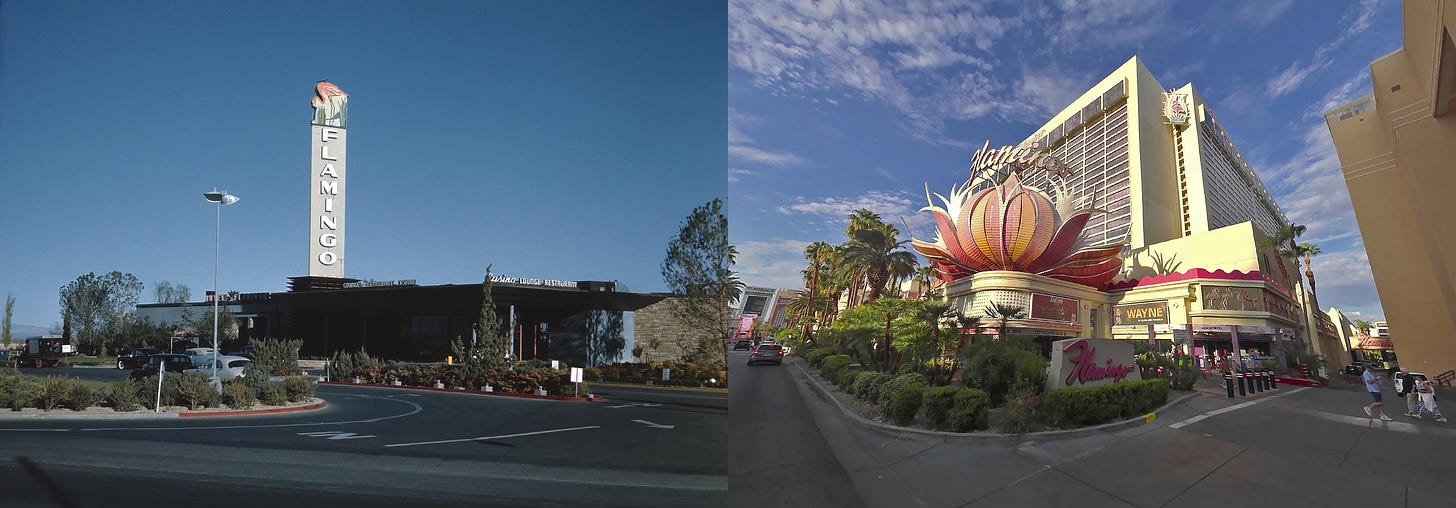

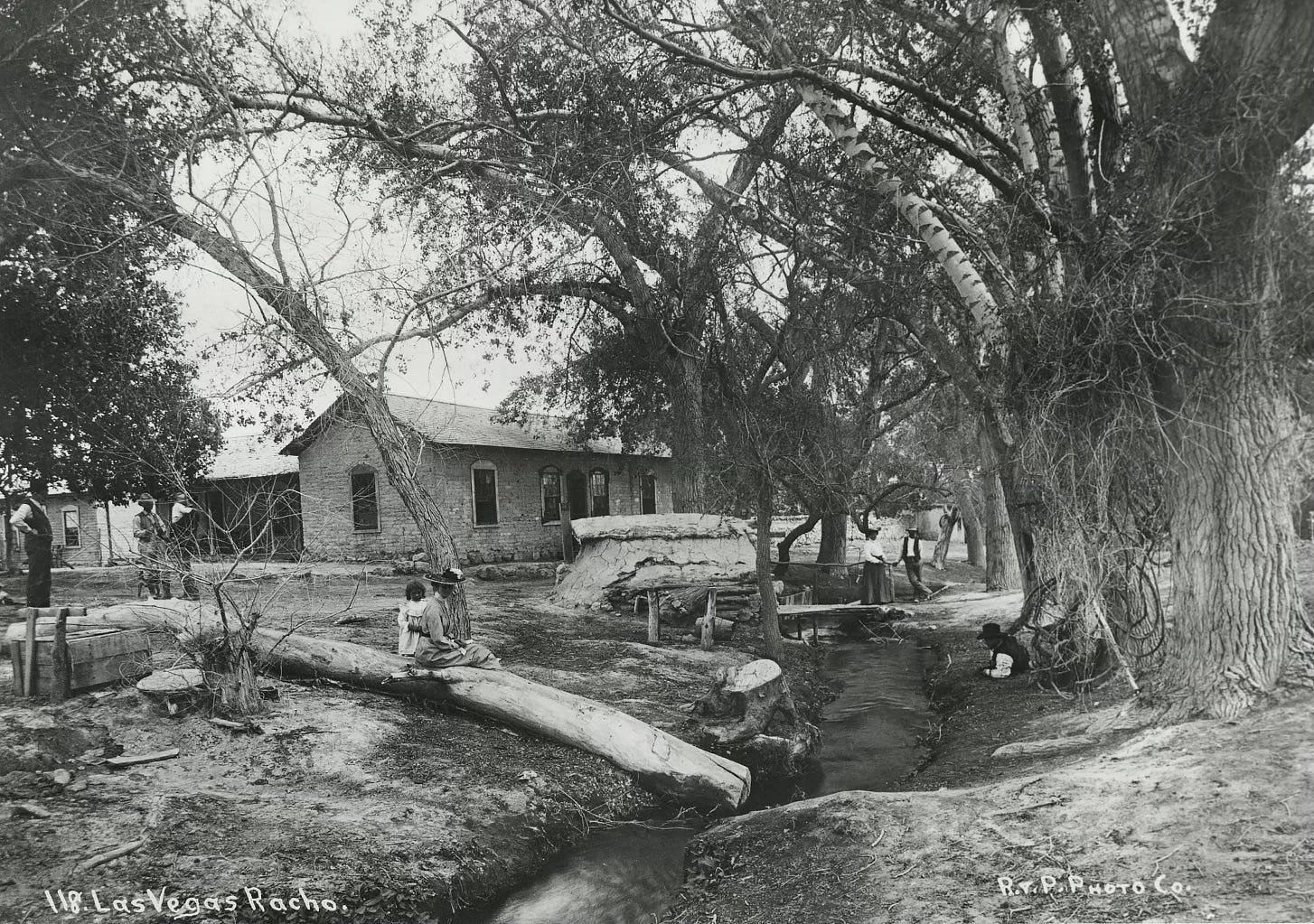
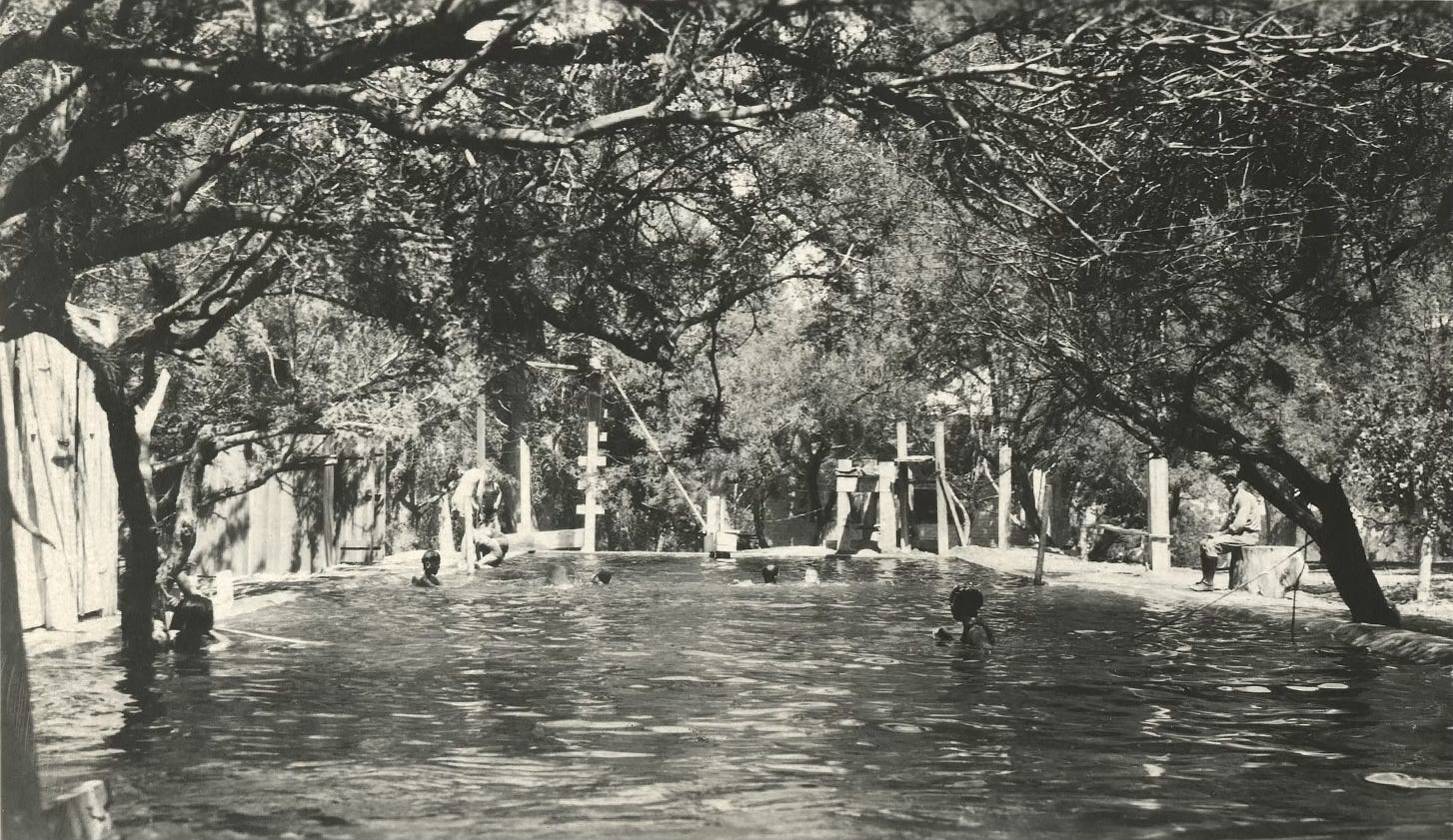

For some reason I never knew about Helen. I think this is fascinating. Great information. I love the images!!!
Interesting story! Looking forward to part two.